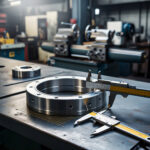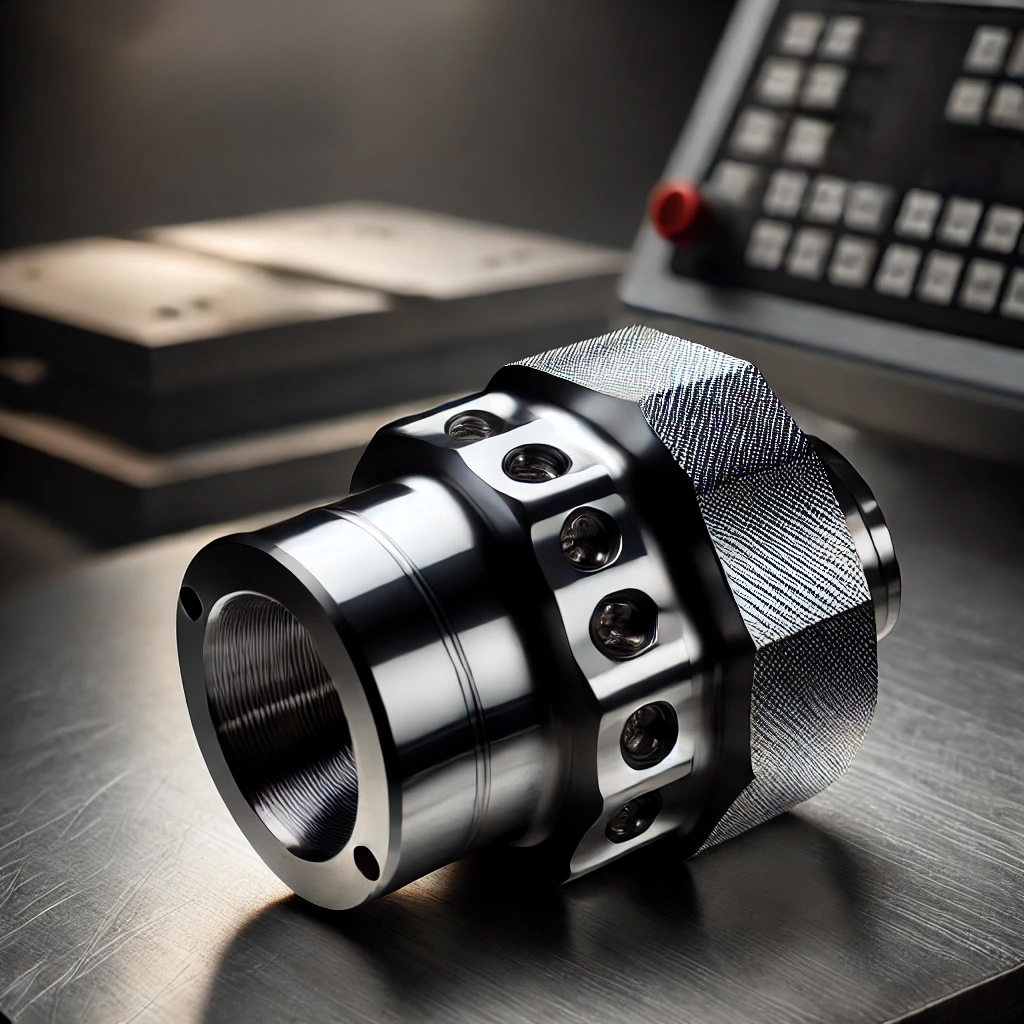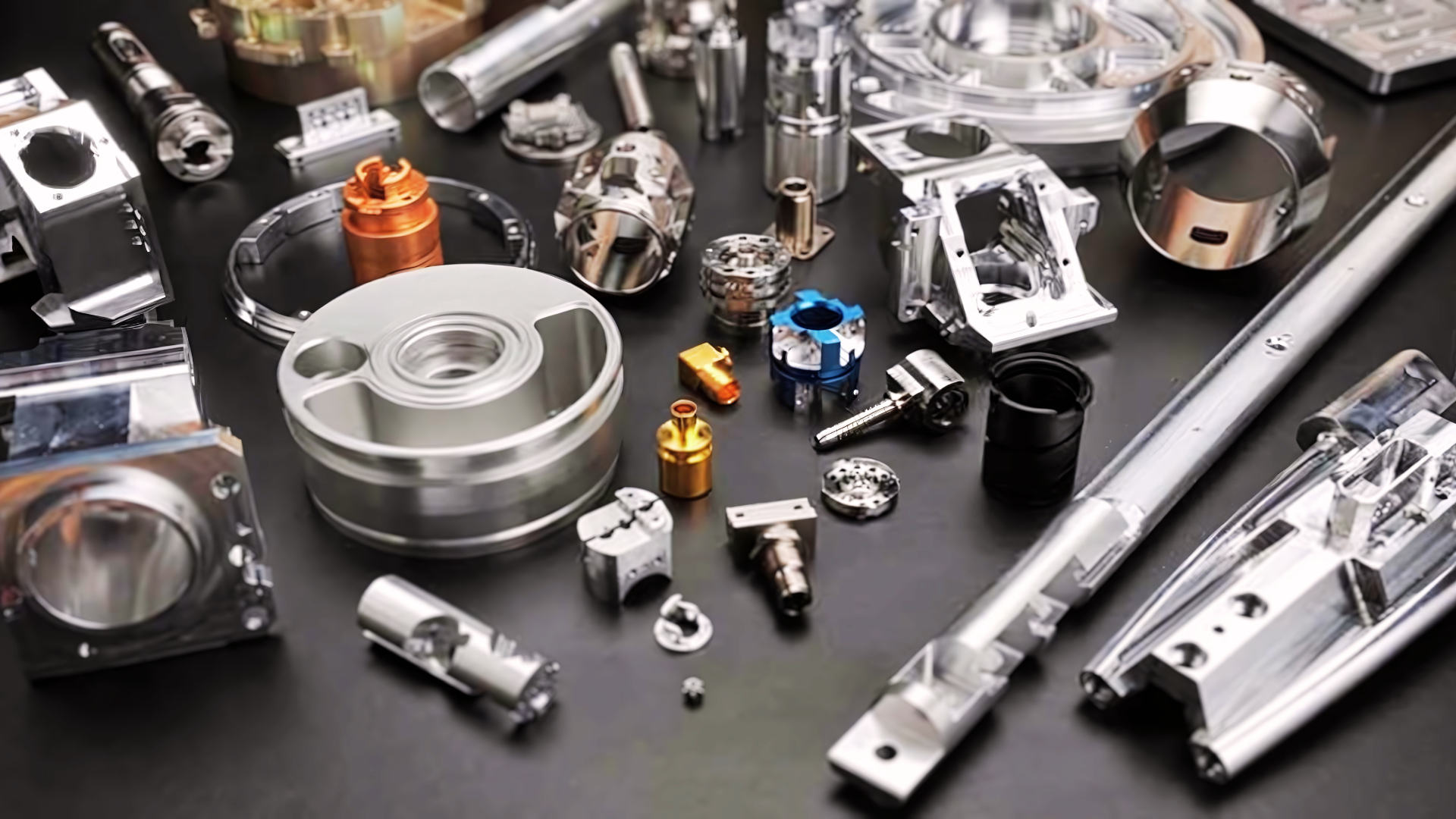5-axis CNC Machining - A New Future in the Automotive Industry
Automotive is a fast-growing industry, and according to some experts, the growth is exponential compared to five decades ago. A large part of this growth can be attributed to automation, with electric mobility, driverless cars, and ride-sharing reshaping the industry model as we know it. These new modalities have increased the demand and use of automation and robotics in the production and design of automobiles. CNC machining is one such automation technology that is being touted as the future of the automotive industry.
CNC or Computer Numerical Control machining allows for higher efficiency and lower costs than traditional manufacturing processes in high demand. Read on as we discuss the application of 5-axis CNC machining in the automobile industry in greater detail.
Facts About 5-Axis Machining Centers and High-Performance Machining Centers
Before we get into the application and importance of 5-axis CNC machining to the automobile industry, let us first understand some facts related to 5-axis machining centers –
- A 5-axis CNC Machine (also known as 5-axis Machining Center) is a CNC machine tool that uses five different axes to remove or cut material. Compared to a 1-axis machine which only provides two motions up and down, a 5 axis machine has two extra axes, which provide endless possibilities for machining. These additional axes allow a part to be cut from all directions and further allow undercutting without any need for re-positioning. With re-positioning being eliminated, a 5-axis machine reduces errors and wastage of time.
- A 5-axis CNC machine improves accuracy compared to traditional machining. For example, suppose a 6-sided part needs to be machined using a conventional machine. In that case, it will require multiple fixtures and extra operations, which will affect the accuracy of the result.
- There is no substitute for a 5-axis machine. It comes with control options such as tool center point control (TCPC), auto-tuning, and many other features that make setup quicker. So if you are looking to substitute a 5-axis machine with a trunnion-equipped 3-axis VMC, think again.
- High-performance machining provides similar results as 5-axis but requires engineering and machining understanding to get full proof results. High-performance machining is an umbrella term covering high-speed machining, high feed milling, chip thinning, etc. The best part- you do not require extra tools to implement high-performance machining. You can get high-quality results like reducing cutting forces and tool deflection by upgrading your CAM system and using high feed milling. High-performance machining, however, requires specific cutting tools to be effective.
- All 5-axis machining centers are different. There are machines with tilt rotary tables attached to a 3-axis machining center and machines with integrated tilt rotary. Before choosing the 5-axis machine to buy, it is important to look into the accuracy you desire, machine cost, and even the size of the workpiece.
- Using 5-axis machining with various work holding options, you can machine multiple parts per cycle.
- The biggest advantage of the 5-axis machine tool is the flexibility and reduction in lead time. A 5-axis machine reduces works in progress and makes for better workforce utilization.
CNC Machining for the Automotive Industry
CNC machining has been a gamechanger for the automotive industry in speeding up manufacturing and improving the precision of produced parts. Products produced using 5-axis machining have better consistency and require high automation and low labour intensity. This has made cars using parts produced by CNC machining more reliable. Some additional benefits of using CNC machining in the automobile industry are enumerated below:
- CNC helps with building engines that have higher tolerances and efficiency. The technology allows for complex geometries to be introduced inside a car engine.
- CNC has improved the reliability of car engines and helped amp up production to meet the high demand for cars. Manufacturers can produce cars faster by using CNC technology.
The automotive industry increasingly demands precise and sophisticated parts, making 5-axis machining a must. 5-axis machining does away with the need for multiple machine setups and results in shorter production times and high precision cuts. Another big pro of 5-axis machining for car manufacturing is the repetition factor.
CNC machining allows the same car to be replicated multiple times with ease. From gearboxes produced using milling, turning, and grinding, high precision drive axle produced to complex headlight and backlight designs produced, CNC has many applications in the industry.
CNC Automotive Technology: A New Future in the Automotive Industry
CNC machining is undoubtedly the future of the automotive industry. The process helps with faster and precise prototyping by using computer control and automation. Using digital files in a computer sequence transmitted to physical tools leads to higher precision in CNC machining than other technology. CNC operations can be carried out using both 3 and 5-axis machining and live tool turning, making CNC an incredibly versatile process. CNC operations work on materials in various ways, leading to more complex parts.
This also gives it a broad range of applications when producing auto parts. For example, the use of CNC machining to produce cylinder heads. Cylinder heads are auto parts that come with complex curves, involving a dual movement of the workpiece that can only be accomplished using a 5-axis machine. Also important to note is the sustainability aspect of CNC machining, a conversation that has gathered momentum in the automobile industry in recent years. CNC machining processes reduce waste by providing high precision and accuracy in the parts produced. In addition, CNC machining involves using a single piece of equipment that does all the jobs. Different machines would carry out different jobs in other machining types.
Conclusion
With CNC machining, manufacturers can save the space required to house additional machines while saving energy and reducing carbon footprint. As climate change concerns rise, automotive industries can make their operations more eco-friendly using CNC machining. New technologies like driverless cars also get a solid boost from the application of CNC machining.
CNC machining that uses AI can produce precise and high accuracy parts required for self-driving cars that need quality results. CNCs can manufacture electrical and mechanical components of such cars and other operations like mold making, laser machining, mechanical components like brake shoes, ruled-based programmed engine parts, heat sinks, front panels, etc.
As the parts of driverless cars need to be identical, using AI-assisted CNC will help improve surface quality and accuracy. Electrical components of autonomous vehicles, including radar sensors, optical instruments, membrane switches, adapters, connectors, sockets, etc., can be produced using CNC machining. It is undebatable that as CNC machining becomes more accessible, its role in the future of the automotive industry will also assume more significance.
Views: 192
















